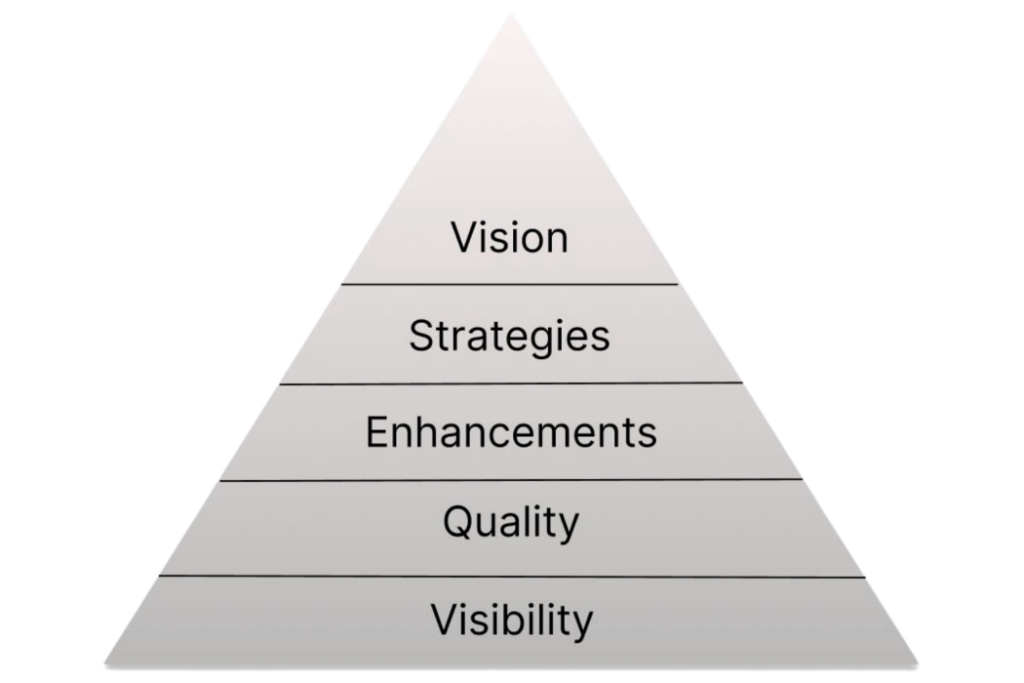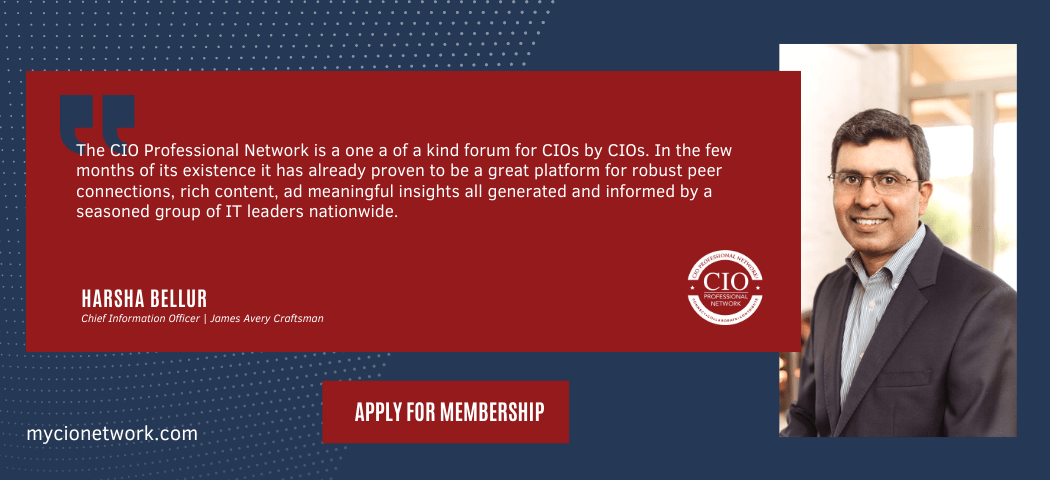When I was 9 years old, I asked my parents for an Atari game console for Christmas. Instead, I got a Thomson MO5 personal computer. My father told me that if I wanted to play games, I had to code them myself. It wasn’t fun at first—I still remember those type-in programs.
But that experience taught me an important lesson: if you want something done, you need to take ownership and do it yourself.
Years later, when my daughter was a toddler and developing a sweet tooth, I decided to pass that lesson on. We began baking together. Just like I learned the importance of ownership through coding, she learned it through baking—seeing that creating something from scratch takes time, effort, and responsibility. Now, at 12, she has a knack for it, and we still bake together regularly.
In the world of technology, we crave that same sense of ownership – A space to create, experiment, and make things our own.
When I talk about “owning a domain,” the focus is really on the concept of “ownership,” with the “domain” simply being a way to define and delegate that ownership across different functions. I am a big proponent of Extreme Ownership and have consistently promoted it, especially cross-functional ownership. I have had the opportunity to define domains at Wayfair, and I brought the concept to my current role at Wanderu.
However, owning a domain is hard and requires a lot of expertise and leadership to do so correctly, just like baking requires ingredients and techniques.
What is a Domain, Really?
The term “domain” can have various meanings. In technology, it refers to a specific area of knowledge and functionality within a larger system. A sphere of knowledge and activity around which the application logic revolves as defined in domain-driven design or DDD.
Just like a delicious cake is made from a combination of ingredients, a well-functioning domain requires a blend of expertise, leadership, and collaboration.
At a large company like Wayfair, using event storming is a time-consuming all-hands exercise, but it is worth the time as defining a smaller domain for each team can be hard. Even at Wanderu where domain teams are quite large, we needed multiple iterations to define cross-functional high-level domains that all could align on.
Domains within domains: Domains contain other domains, creating a hierarchy with the company domain as the root. While there’s no need to define the entire hierarchy at once, it’s helpful to go one level down from what each team would own. Similarly, baking a cake often involves multiple components, each created by mixing individual ingredients with different techniques. That’s why I often use multiple bowls in parallel to make a single cake.
Domains next to domains: Domains sit alongside each other, so not only should we understand a specific domain but also its neighbors. This helps define the scope of the domain—what’s included and what’s not—and allows for a proactive approach in understanding how domains impact their neighbors.
Boundaries: A domain needs strict contracts with other domains, just like Bezos required Amazon teams to operate. Those contracts usually result in some kind of API in the resulting software. They limit the impact between domains by strictly codifying how one can impact the other, just like border checkpoints between countries.
From Passion to Process: Baking as a Metaphor
As an engineer who thrives on a structured approach, I find baking to be a surprisingly apt metaphor for domain ownership. Both require planning, attention to detail, and the ability to integrate various elements to achieve a desired outcome. Just as a baker wouldn’t haphazardly throw ingredients together in random quantities to make a random cake, a domain owner carefully defines their domain, monitors its components, and keeps on improving their domain.
Effective domain ownership goes beyond simply doing work and owning systems or processes. It’s about fostering a sense of responsibility and leadership.
The Rewards and Challenges
An employee once asked me, “Why should I own a domain instead of focusing on executing work already given to me?”. It was a great question that highlighted an important point: while owning a domain offers a sense of accomplishment and leadership, it also comes with challenges.
After all, it is easier to buy a cake than to make one!
Pros of domain ownership:
- Owners can make the domain their own. Replacing or updating any component can be done mostly without impacting the overall system and changes can be done mostly in isolation. Owners can make their own decisions on how to evolve a domain as long as it is not done in a vacuum.
- Owners have the flexibility to improve their domains.
- Owners can focus on their domains while keeping an eye on the rest of the company versus having to understand the whole company’s business. Domains provide focus.
- Owners can more easily update their domains to align with business goals.
- Owners are recognized as trusted leaders. As employees are promoted into senior roles, they are expected to demonstrate leadership. Owning a domain gives an employee a great way to become a leader.
Cons of domain ownership:
- Domain ownership requires strong expertise in the domain. That expertise can be built over time, but it’s all for naught if there isn’t at least one domain expert on the team who knows the exact ins and outs of the subject area.
- Domain ownership requires leadership. The owner is responsible for the domain’s health, improvement, and strategic direction. They should be able to advocate for the domain’s needs and champion its success.
Maslow’s Hierarchy Applied to Domains
I already shared a bit about my daughter, but I am equally proud of my son. As a new parent, I initially felt lost when raising him. I was anxious. Was I doing the right things? Was I doing enough? Was he sleeping well? Would he be ok? My lack of sleep did not help me answer those questions either!
Then I remembered Maslow’s Hierarchy of Needs. Especially in the first few years of a child’s life, the basic needs captured at the bottom of the pyramid are the most important. Just like raising a child, successfully owning a domain starts with addressing its basic needs.
For domains, the foundation lies in visibility and quality:

Step 1: Gaining Visibility
Effective domain ownership requires a clear understanding of how the domain functions. This starts with visibility – the ability to monitor and assess if it is working as expected through quantitative and qualitative feedback. Visibility is always step 1 because it is a good way to get an understanding of how a domain works. After all, it is hard to fix or improve something you cannot see or understand!
Visibility Tools and Strategies
Various tools and strategies can help achieve domain visibility. These may include:
- Observability tools: These capture and store data about the domain’s operations.
- Dashboards: Centralized dashboards consolidate data from various sources, providing a holistic view.
- Alerts: Automated alerts notify owners of potential issues.
Prioritizing Visibility Metrics
I have always been fascinated by technological progress, especially in space. Communication satellites were launched before my time and at first, very few made it to space with Telstar 1 in 1962 and Telstar 2 in 1963. More were launched in the 80s and beyond, they were medium-altitude satellites about 592 miles from Earth and had a communication latency of 240 milliseconds.
Fast forward to Starlink which first launched in 2019 as a large constellation of Internet satellites, aiming to provide high-speed Internet access to remote and underserved areas globally.
Their satellites orbit at an altitude of 342 miles, which helps reduce communication latency to between 25 and 60 milliseconds. However, this lower altitude means that thousands of satellites are needed to provide adequate coverage. Starlink divides service areas into cells, with each satellite communicating with users in its designated cell. Adding more satellites creates smaller cells, which can reduce congestion and improve individual user bandwidth in specific areas.
The same applies to metrics. Start by establishing a few high-level metrics encompassing the entire domain (Telstar-like). These can be broad business metrics like customer conversion rates looking over a complete funnel. Over time, you can refine these metrics to focus on specific areas (Starlink-like) and identify potential bottlenecks.
Don’t neglect qualitative data either! User surveys and feedback provide valuable insights.
Make the Data Alert You
When owning a domain, you can keep on looking at metrics to make sure nothing goes wrong and everything is working as expected, or you can create alerts on those metrics! Just like automated testing, alerts create a net, not a safety net per se, as alerts only trigger when something is already going wrong, but alerts are very useful in detecting issues early.
It is important for those alerts to be actionable though. There is no point in waking up in the middle of the night for something nobody cannot deal with because it is expected behavior, the system can fix it on its own, or it just does not matter.
Step 2: Ensuring Quality
Once you have visibility, it’s time to address quality issues. This involves identifying and prioritizing areas that require improvement. For example, here are some critical customer-focused quality dimensions to consider:
- Speed: Overall time users take to perform tasks.
- Availability: The quality of being able to be used by customers.
- Reliability: Being trustworthy of performing consistently well for our customers.
- Data correctness: Showing correct data and content across the customer experience.
- Security and Privacy: The customer data and supporting systems are adequately protected.
- Usability: The quality of our users’ experience when interacting with our systems/apps.
- UI Consistency: Compliance with the relevant design system within an experience.
- Accessibility: Our experience is inclusive of all customers and designed to enable its use by anybody irrespective of their physical or cognitive abilities.
- Product/Service Availability: Ability for customers to purchase anything shown to them.
- Localization: Make the experience local to customers including language translation and communication targeting specific communities.
Focus on fixing critical issues before adding new features. This initial problem-solving phase is an excellent way to gain deeper domain knowledge.
The Wrap
Domain ownership starts with learning.
The best way to learn is by actively working within the domain. Gaining visibility through monitoring and tackling quick wins will help you refine your understanding of the domain, and over time, you’ll build the expertise and confidence needed to truly own it.
Just like baking, it’s a process that requires patience, practice, and a commitment to continuous improvement. Once you’ve established that foundation, the next step is to shape a strategic vision for the domain—one that drives alignment, fosters collaboration, and ultimately leads to innovation.
This article is the first in a series. Navigate to the other editions in this series below.
I. Owning Your Domain: More Than a Piece of Cake
II. Lost No More: Navigating Domains with Vision and Strategy







